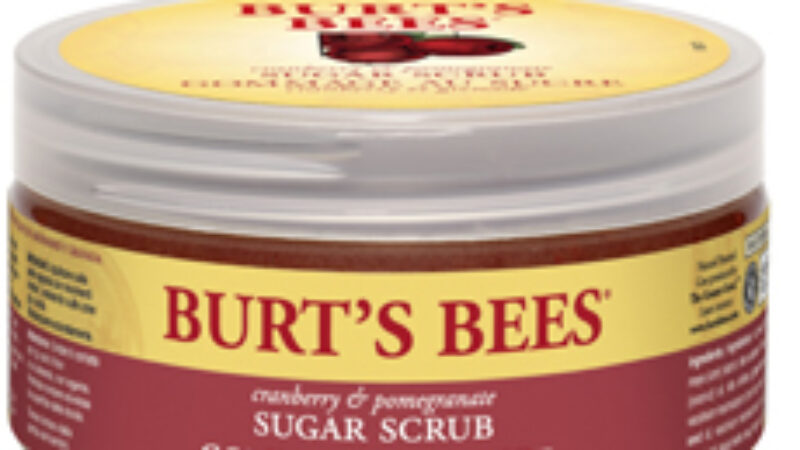Ah, the sun… With spring recently arrived and warmer weather sure to follow, now’s a good time to revisit some commonly held misconceptions about the sun and tanning. Here are 5 sun myths, busted:
1. Sunscreen is Bad For You. Because more of us use sunscreen and there has been a rise in the incidence of skin cancers, many individuals on the ‘natural health’ bandwagon, attribute sunscreen use to the development of skin cancer. Fact is, that while we are more sun aware and using more sunscreen, we are also spending more time in the sun (more warm weather vacations, people retiring in sunnier climes), and using sun beds.
It’s easy to blame it all on sunscreen, but there’s no evidence that sunscreen causes cancer. Some sun filters like oxybenzone, for example, may be best avoided. Studies have shown that it is a hormone disruptor and may increase allergies so for those reasons, it may be a good idea to avoid it where possible. Many well formulated and chemical free sunscreens containing zinc oxide and/or titanium dioxide are widely available, which makes it hard to see why sunscreen should be eschewed, especially when organizations like the American Cancer Society promote sunscreen as one of the ways in which to reduce our risk of developing skin cancer.
2. I Need To Tan for Vitamin D. We need the sun’s UVB rays to synthesize Vitamin D and people worry that sunscreen will prevent that. An SPF 30 sunscreen blocks about 97% of UVB rays, but still allows the production of Vitamin D. Research shows normal sunscreen use doesn’t block our ability to produce Vitamin D. Plus, you can always supplement if you need to.
3. Tans Make Me Look Healthier. Tanning was popularized in 1920s by Coco Chanel and today, we believe that tanning gives us a health glow. However, there’s no such thing as a healthy tan. Tanning is a sign of skin damage and can lead to sun spots, wrinkles and an increased risk of skin cancer.
4. Tanning Gives Me An Even Complexion. Since tanning turns the skin darker, hyperpigmented areas become less visible. The same is true for acne spots, which become less apparent. However, the sun isn’t lightening pigmentation, it’s darkening the rest of the skin. Since the sun itself is responsible for sun spots, this isn’t a wise strategy. While there is some evidence UV light can help acne, there are too many effective and proven treatments to justify tanning. If you’re after “light therapy” for acne, consider blue light LED therapy, which contains no UV rays and kills acne-causing bacteria.
5. It’s Good to Get a Base Tan Before Vacation. “Base tans” only provide an SPF of 3 or less – essentially meaningless in terms of sun protection. A tan is the body’s response to damage from the sun. Tan skin = damaged skin. Period.
If you want to stay safe in the sun, these guidelines, which incorporate the use of a broad spectrum sunscreen like Anthelios, will help protect you and your children from the harmful effects of UV rays:
- Slip on a shirt
- Slop on sunscreen
- Slap on a hat
- Wrap on sunglasses to protect your eyes and sensitive skin around them




